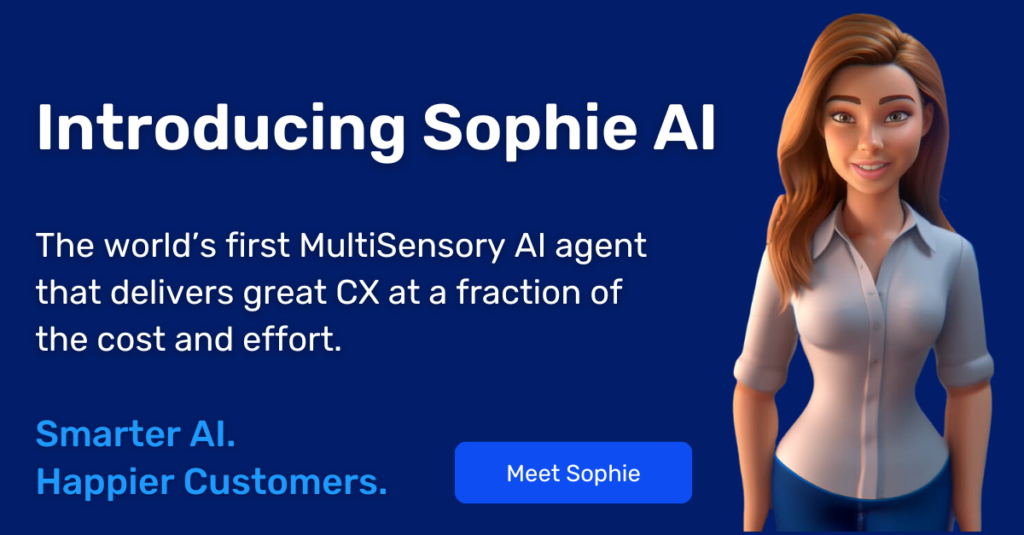Contents
Customers prefer NOT to deal with your customer service team, with 67% wanting to access support without calling. They don’t want IVR menus, hold times or even the perkiest reps. They want to help themselves when it’s most convenient to them and if that’s at 2 am when the contact center has gone dark, so be it. Far from becoming disheartened by their customers’ attitudes, call center managers are thrilled by these developments. After all, short, easy-to-resolve issues account for approximately 60% of all contacts across industries. Finding out how to reduce call center volume by deflecting those simple interactions to alternate service channels translates into major savings for contact enters.
What is Call Deflection?
Call Deflection is the process of routing a customer enquiry to an alternative service channel. The goals are to ensure that customers receive the answers they are seeking in the most efficient manner, while reducing the number of inbound calls routed to human agents. Instead, enquiries are deflected to self-service channels such as FAQs, conversational AI, community forums, and knowledge center databases. Call Deflection is achieved once the issue is successfully resolved in self-service mode.
When self-service fails
Despite huge annual investments of around $4.5 billion in AI self-service solutions, only 9% of customers report solving their issues completely via self-service. One of the reasons for these low success rates is that traditional self-service solutions are simply unable to see customers’ issues and are therefore unable to handle a sufficiently wide range of tasks.
What is Computer Vision AI?
Computer Vision AI refers to the processing and analysis of digital images and videos to automatically understand their meaning and context. It recognizes faces and expressions, helps self-driving cars read traffic signs and avoid pedestrians, and allows factory robots to monitor problems on production lines.
How to reduce call volume with Computer Vision AI
It’s important to note that there is a fine line between providing customers with Call Deflection options that are useful and appreciated and giving customers options that are too complicated and leave them feeling frustrated – and reluctant to use self service again. Call Deflection options must set the customer’s expectations that they will be on-target and able to provide the answers customers are seeking quickly and efficiently. The specific benefits of visual self service – in terms of faster, more effortless resolutions – must be clearly communicated when encouraging the use of a self-service channel.
To ensure the success of their Call Deflection efforts, companies are turning to Computer Vision AI-powered solutions that perform tasks that cannot be handled by traditional self-service tools.
The technology allows the instant identification of a customer’s issue, enabling the system to easily diagnose the root cause of the problem. The virtual visual assistant can then use Augmented Reality to automatically guide the customer toward a resolution via a step-by-step process. Computer Vision AI can also detect motion, enabling the virtual assistant to track the customer’s actions and correct them in real time.
For companies wondering how to reduce call center volume, Computer Vision AI has been proven to have a positive impact on contact center operations. The technology is effective across a wide range of use cases, from device installation, setup and troubleshooting to maintenance, insurance claims and billing issues.
A new resource has just been published, explaining how the technology powers Call Deflection through faster device identification, automatic issue recognition, smarter routing, enhanced self-service capabilities and feedback and correction capabilities. The Guidebook, entitled How Computer Vision AI Drives Call Deflection, highlights actual case studies where Call Deflection rates were improved significantly in multiple industries – including telecom, insurance and consumer electronics – by using this up-and-coming technology. The resource also explores the future of self-service and the impact increased Call Deflection can have on other contact center KPIs.
Download the guidebook to learn more about Computer Vision AI and how to reduce call center volume through Call Deflection while enhancing customer experience.







